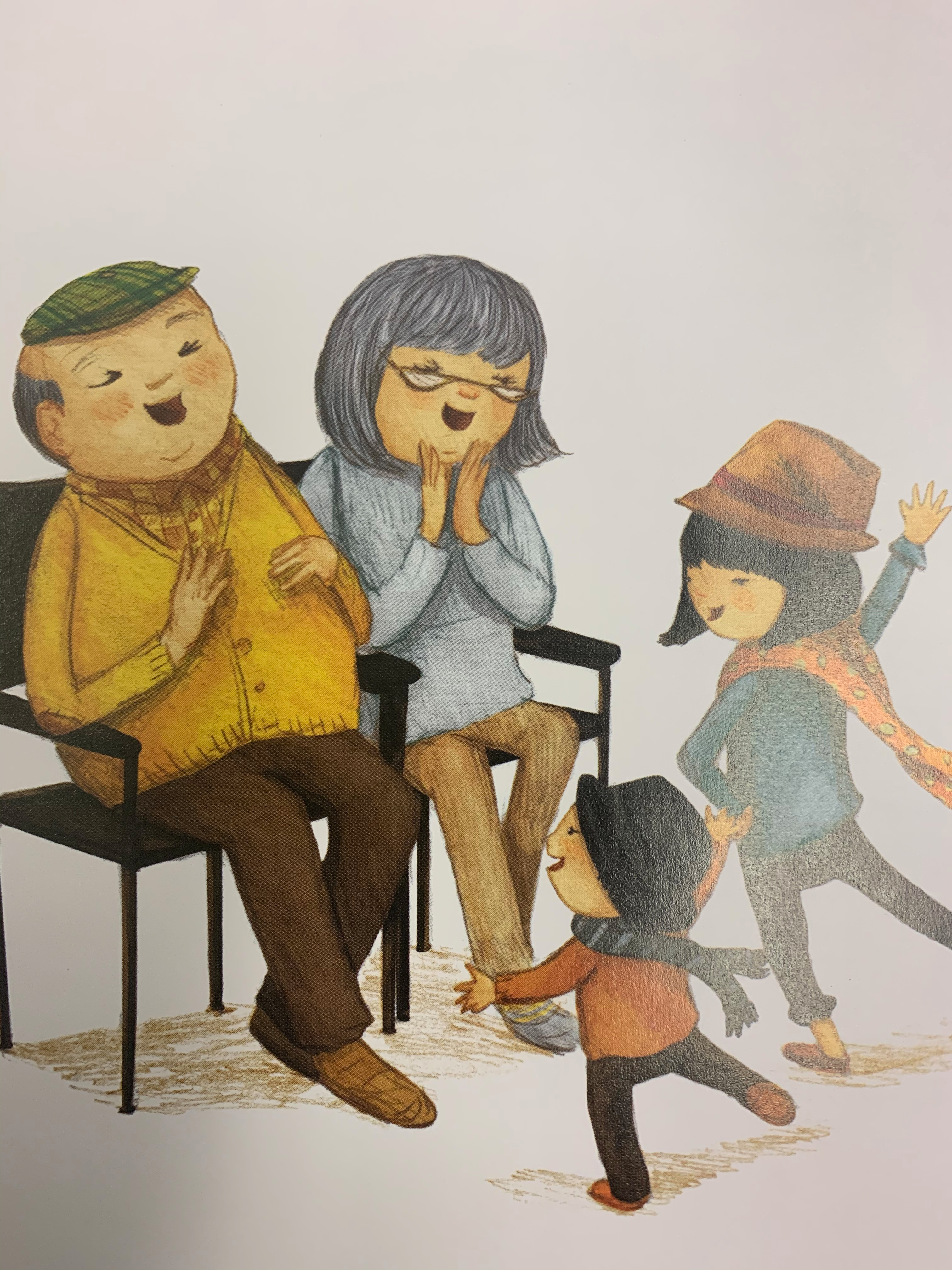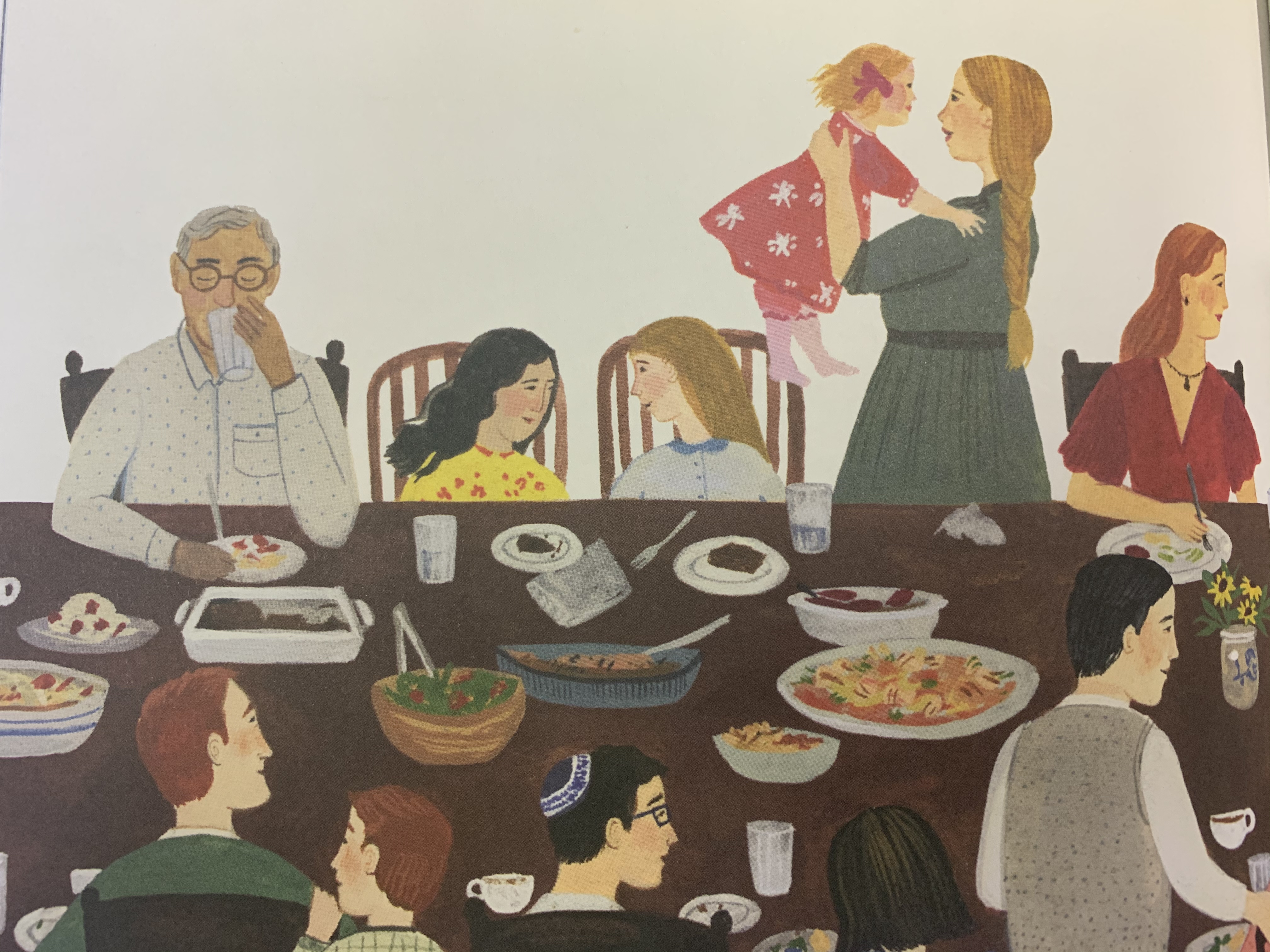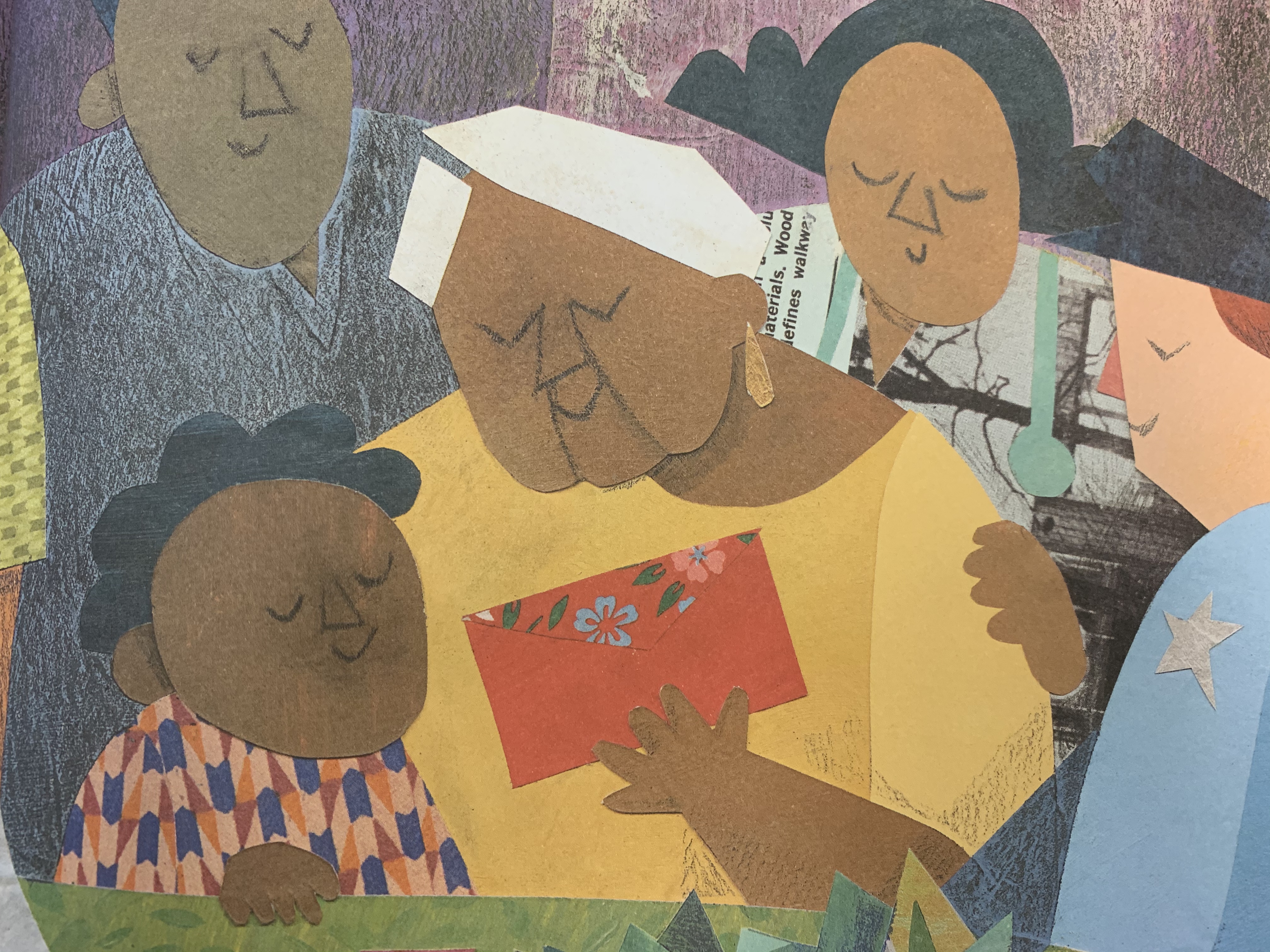“There’s a monster at the end of this book.” Beloved Sesame Street character Grover does his best to stop the reader from turning pages. He argues, he yells, he builds walls, and he ties knots, but each page brings you closer to the aforementioned monster. Children of all ages delight as the final page reveals that the only monster in the book was one loveable Grover. The pages include the occasional affirmation for the reader: “You are very strong.” “You are very brave.”
 Children’s books have a power all their own. Using beautiful art and exact prose, they weave stories and inspire imagination. Both at home and in my office, I have a growing collection of children’s books, and it has been my joy to share those stories each weekday via Facebook Live in the Children and Family Ministry Group. The past six weeks have proven to be a strange exercise. In re-reading these well-loved stories in light of the present situation, I struggle with the world they present. The pages are filled with people coming close together, sitting on park benches, sharing a meal, playing on playgrounds. Community is shown with people holding hands and offering hugs. There are only a few pages with people wearing face masks or walking on nearly empty streets.
Children’s books have a power all their own. Using beautiful art and exact prose, they weave stories and inspire imagination. Both at home and in my office, I have a growing collection of children’s books, and it has been my joy to share those stories each weekday via Facebook Live in the Children and Family Ministry Group. The past six weeks have proven to be a strange exercise. In re-reading these well-loved stories in light of the present situation, I struggle with the world they present. The pages are filled with people coming close together, sitting on park benches, sharing a meal, playing on playgrounds. Community is shown with people holding hands and offering hugs. There are only a few pages with people wearing face masks or walking on nearly empty streets.
Each day I have to imagine the questions these books raise and the longings they provoke. To be honest, it’s become a theological exercise. As Christians, we live in the uncomfortable tension between the already and the not-yet. We live in the present world, where we are grounded, where we act, where we are responsible to love God and neighbor. It is the real world where we are separated, where we are uncertain, where there are frustrations, and where we mourn for the things that are different. As Christians, we also look to the world God promises. The prophets imagined it as a table where everyone is fed, a place where enemies will sit and learn together. Jesus described it as a tree where every bird has a resting place, where the community rejoices when a coin is found. John said it is a city where tears are wiped away and the people from every nation will come together. As I read these children’s books, I am struck by the same tension: the world that is and the world described on the page.
Children’s books offer a particular way to navigate that tension. They assume that the reader will grow, and the world will change. They affirm that a young child is “brave” and “strong,” even if others may not see it just yet. They know that when we have the opportunity, we will share our food, welcome our neighbor, help our friend, and care for the stranger. They help us imagine who we are becoming. They acknowledge how hard those actions can be, but they also show us that we can be a part of the story on the page.
When I read the stories, I have to add some COVID-19-related commentary: “I wonder how you would share a meal with your neighbor today.” “I wonder how you would tell your friend you’re sorry if you couldn’t see them?” “I wonder who in your house has helped you today? I wonder who you have helped?” I add the commentary, but I hold tight to the images: of a community gathered around a table, of friends dancing together, of young people and old people playing games together. I look at the page and I am reminded of the unbelievable promise we hold, no matter how far apart we may be today.






